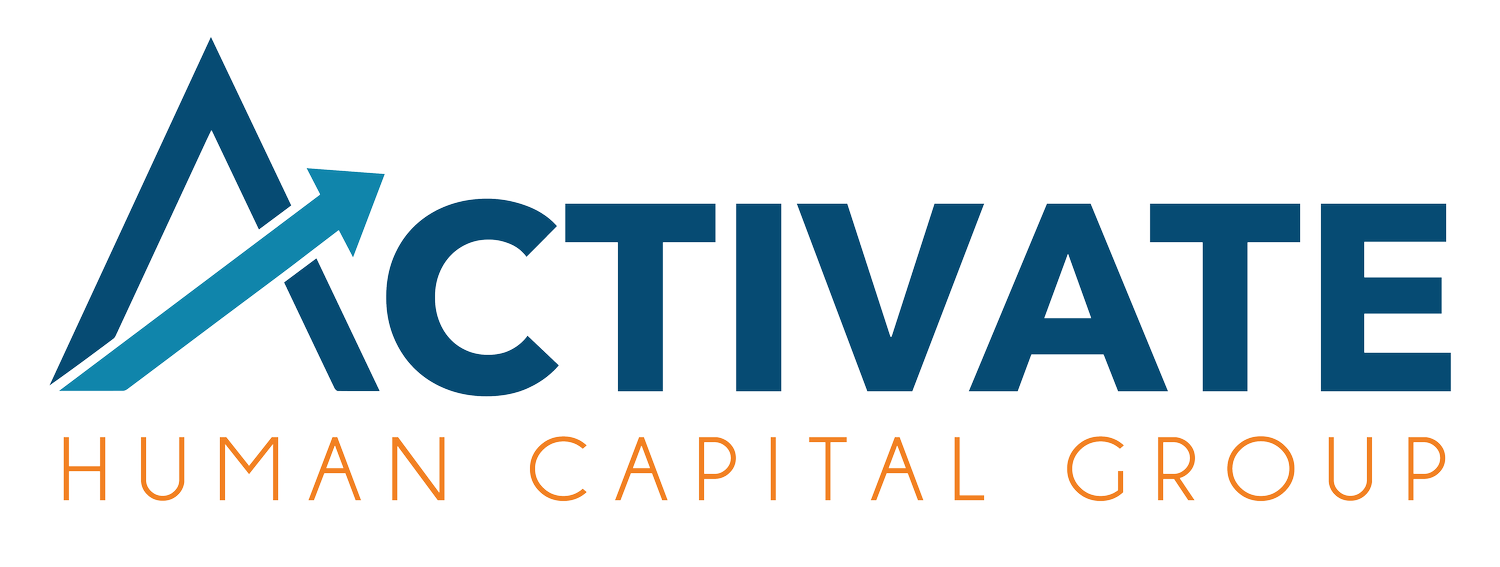Engaging Your Employees: Making the Most Out of the Army You Have
Written By: Emily Killham, M.A.
Today’s organizations are looking for ways to get a leg up on the competition. The lean movement refined processes but process improvement can only move an organization so far. After all of the functional pieces have been addressed, the last lever that an organization can pull for increased performance is the people lever.
Employee Engagement: Maximizing Potential
Across the globe, throughout many different industries and job types, research has shown that employees have many workplace needs in common. These needs not only make people happier - they change their performance within the workplace.
Employees need clear expectations, the talent to perform, and the tools and resources to meet defined expectations. They also need a consistent feedback loop for their performance – this feedback typically comes from their manager. The manager sets the tone and creates the culture for their team. High-performing teams have a very different culture from low-performing teams and an organization has as many distinct cultures as it does managers.
Employees also need to know where their career is headed and how they fit into the overall plan for the organization. Activate Human Capital Group’s Employee Commitment IndexTM measures an employee’s level of agreement to these items, as well as additional items that are scientifically validated to improve employee engagement and drive business performance.
Employee engagement has been shown to have a significant impact on the performance outcomes for teams and individuals. Engaged teams are more productive, efficient, and profitable. They have higher retention rates, produce better quality work, and have fewer safety incidents. Engaged employees miss less work, are less likely to steal, and work harder and smarter for your organization. The investment in an employee engagement program is returned many times over in improved business results.
So what about the behavior?
Engaged Employees – Engaged employees have more or all of their workplace needs met on a consistent basis. These employees are willing to go the extra mile – even doing things to help the team that are outside of their job description, while still maintaining the highest levels of productivity in their organization. These employees also report greater satisfaction with pay and work-life balance than less engaged employees who earn similar wages and work similar schedules. They are also more efficient, focus on quality, stay with the organization longer, have fewer unscheduled absences, and are less likely to be injured on the job. Managers say they would hire ten more just like each of these associates if they could find them. These employees are positive representatives of the brand and create engaging relationships with their customers.
Not Engaged Employees – Employees who are not engaged fall into two categories. Either they have some of their workplace needs consistently met, while others consistently go unmet, or they simply have their workplace needs met on an inconsistent basis. These employees often produce what is required, but will not often volunteer for more responsibility. These employees are probably not actively searching for a new job, but would likely jump ship if approached with the right deal. Customers who encounter these employees are likely to get a lukewarm reception.
Actively Disengaged Employees – Employees who are actively disengaged are missing most or all of their workplace needs on a day-to-day basis. They are less productive and more likely to cut corners on quality. They take extra breaks – often to commiserate with others about what a bad place to work they have. Their negativity is contagious. If they aren’t already looking for other employment, they likely will be soon. These employees create a disengaging experience for their customers.
Managing for Engagement:
Some might say that the solution is to find the disengagement and escort it out the door. While that is one solution, it is certainly not practical or necessary. It is costly to keep actively disengaged employees on staff. However an employee’s level of engagement is not a permanent condition. Engagement isn’t a personality trait. Instead, engagement is a combination of a person and a situation, and best of all, it’s changeable. Employees who are currently disengaged may be among the most talented and most experienced at an organization. In this case, the company should make the effort to re-engage and it can be done. Managers who make a concerted effort to focus on the things that matter can and will make a difference to the engagement level of their organization, one work group at a time.
Emily Killham, M.A. is Chief Research Officer for Activate Human Capital Group. Focused on building better places to work for more than a decade, she has worked closely with organizations in nearly every industry, both global and domestic, ranging in size from a few hundred employees to over 100,000. She is an expert at quantifying the value of engaged employees and engaged work teams in terms of dollars, productivity, turnover, customer loyalty, safety, and absenteeism. Emily has authored several articles on the subject of employee engagement and how it relates to organizational performance. She has a master’s degree in Educational Psychology, with a focus in Qualitative and Quantitative Methods from the University of Nebraska - Lincoln.
Discover how Activate Human Capital Group can transform your workplace with our unique employee engagement strategies and strengths-based approach. Don't miss the chance to enhance your team's performance and satisfaction. Contact us today to start the conversation about your organization's future!

